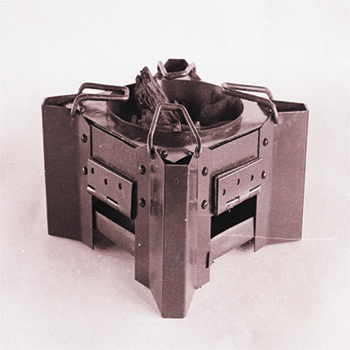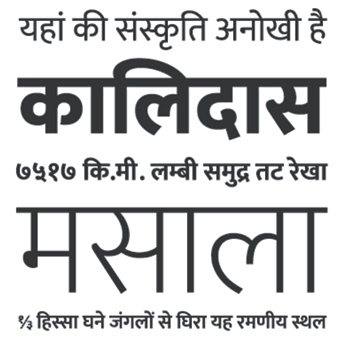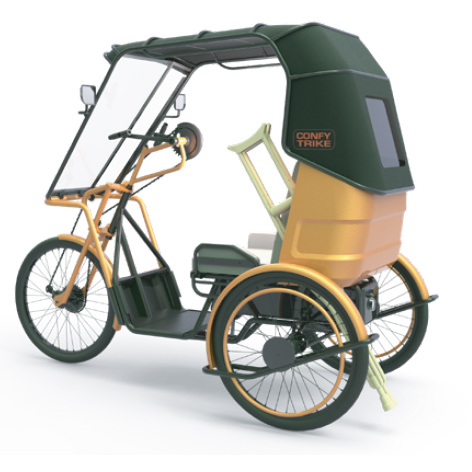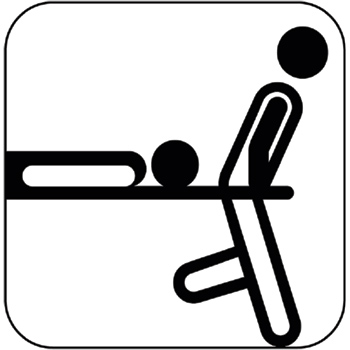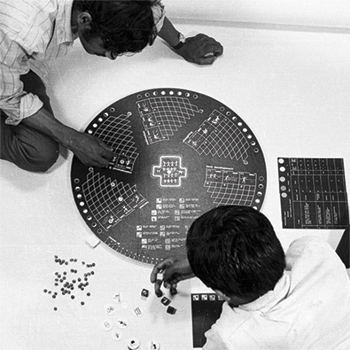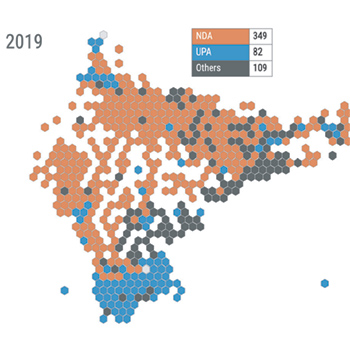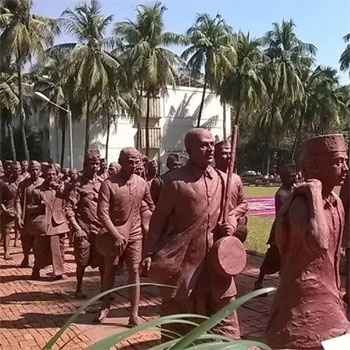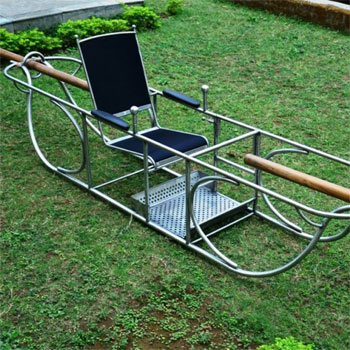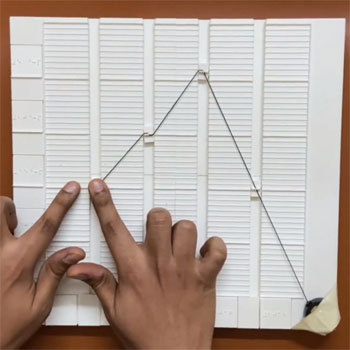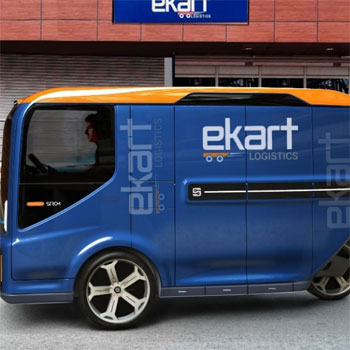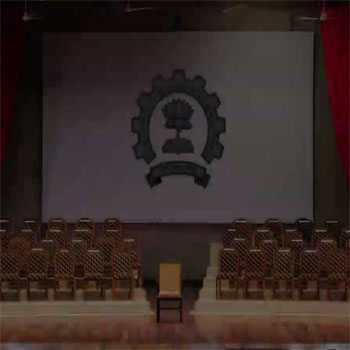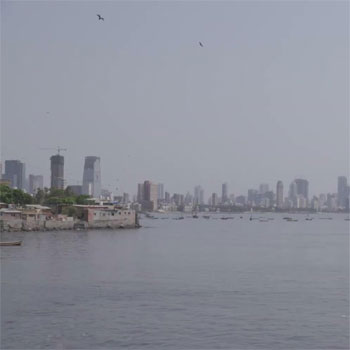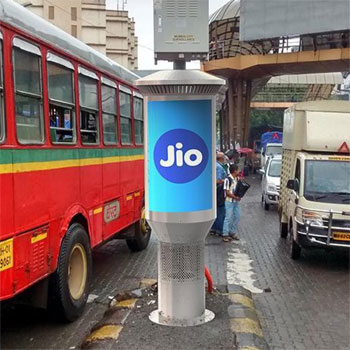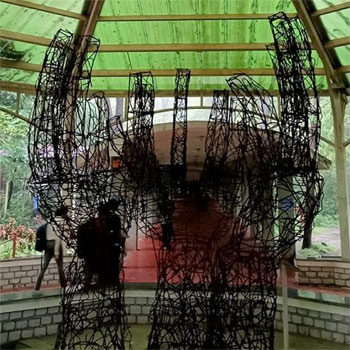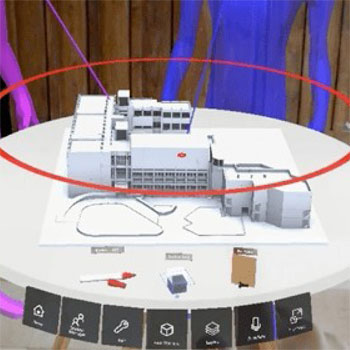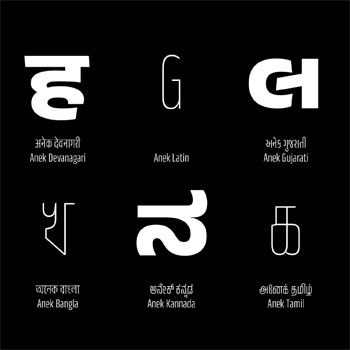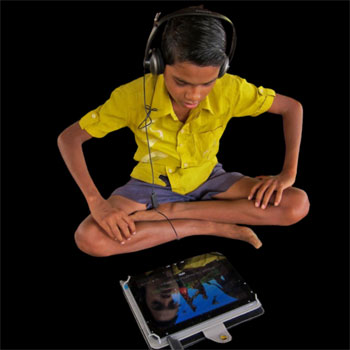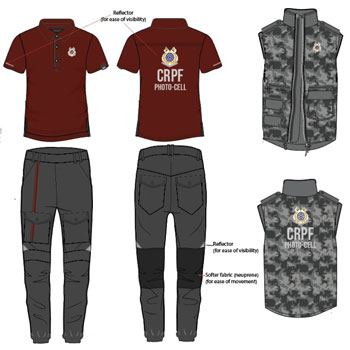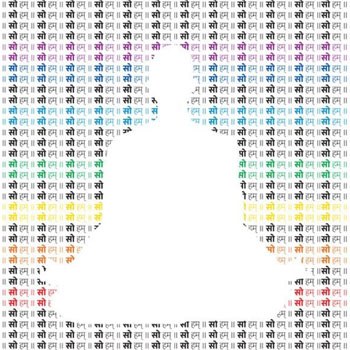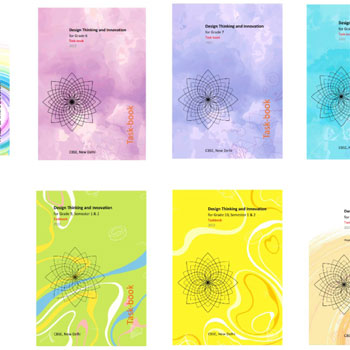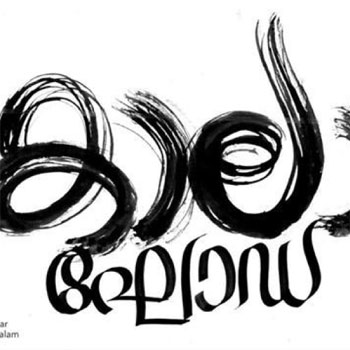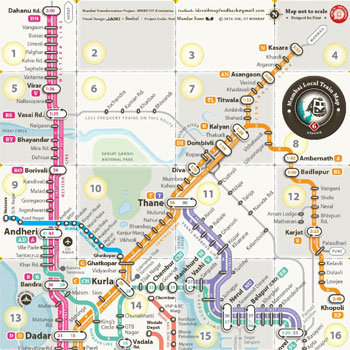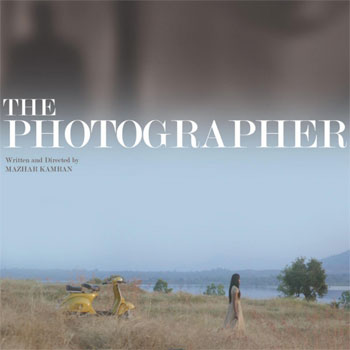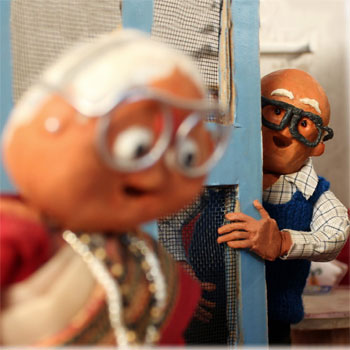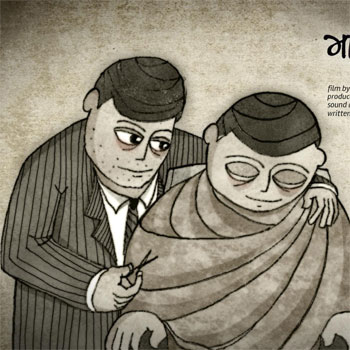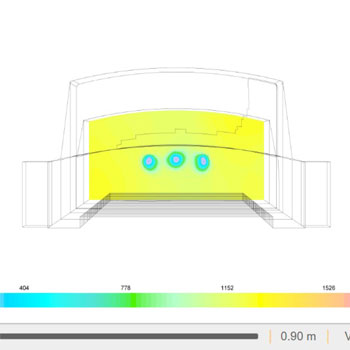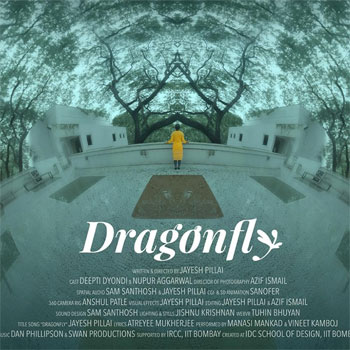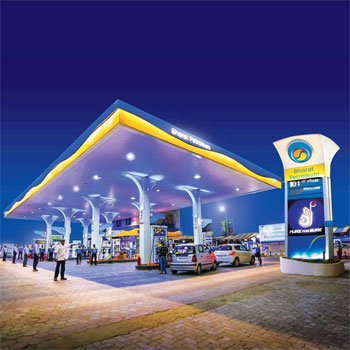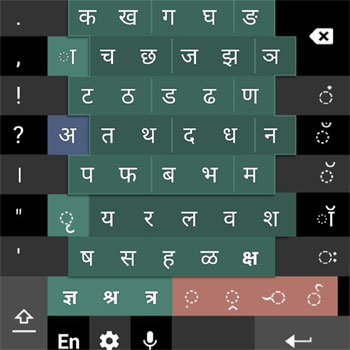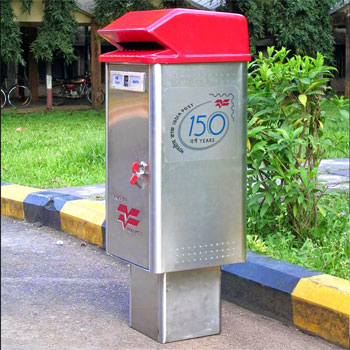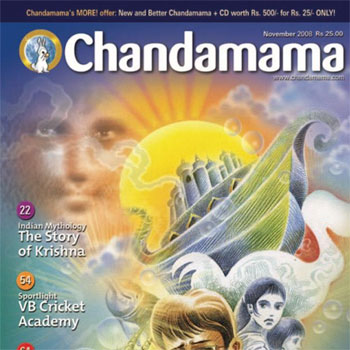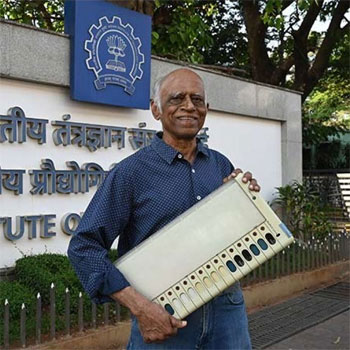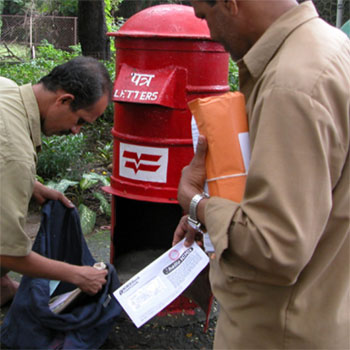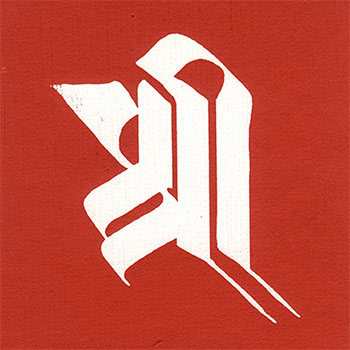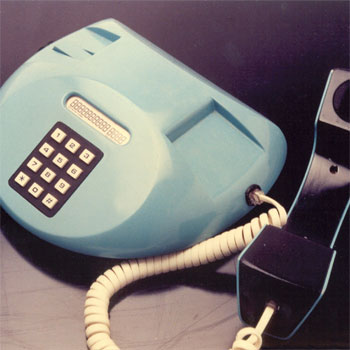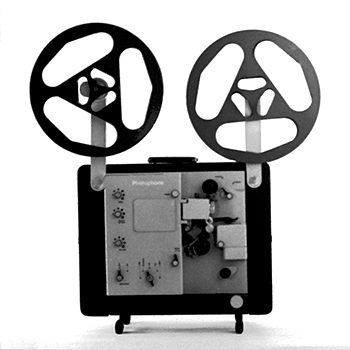Faculty Project
2019-onwards
(42 items)
2009-2018
(16 items)
1999-2008
(5 items)
1989-1998
(3 items)
1979-1988
(4 items)
1969-1978
(3 items)
Faculty Project
2019-onwards
(42 items)
by Prof. A Gaffoor
by Prof. A. G. Rao
by Prof. B. K. Chakravarthy
by Prof. G. G. Ray
by Prof. Girish Dalvi
by Prof. M Chattopadhyay
by Prof. Mandar Rane
by Prof. Mazhar Kamran
by Prof. Nishant Sharma
by Prof. P Kumaresan
by Prof. Raja Mohanty
by Prof. Ravi Poovaiah
by Prof. S Nadkarni
by Prof. Sudesh Balan
by Prof. Sumant Rao
by Prof. U A Athavankar
by Prof. Venkatesh Rajamanickam
by Prof. Vijay Bapat
by Prof. Kriti Trivedi, Prof. Raja Mohanty, Prof. B. K. Chakravarthy & Prof. Shilpa Ranade
by Prof. B. K. Chakravarthy
by Prof. Anirudha Joshi
by Prof. Sugandh Malhotra
by Prof. Sumant Rao
by Prof. Mazhar Kamran
by Prof. Nishant Sharma
by Prof. Raja Mohanty
by Prof. Jayesh Pillai
by Prof. Jayesh Pillai
by Prof. Abhishek Verma & Prof. Jayesh Pillai
by Prof. Unni Mohan Mohanan
by Prof. Girish Dalvi
by Prof. Sudesh Balan
by Prof. Anirudha Joshi
by Prof. Alka Hingorani
by Prof. Kanika Jolly
by Prof. Kanika Jolly
by Prof. Kanika Jolly
by Prof. Mazhar Kamran
by Prof. Raja Moahnty
by Prof. G. V. Sreekumar
by Prof. Ravi Poovaiah
by Prof. G. V. Sreekumar
2009-2018
(16 items)
by Udaya Kumar
by Prof. Mandar Rane
by Prof. Anirudha Joshi
by Girish Dalvi
by Shilpa Ranade
by Mazhar Kamran
by Prof. Kanika Jolly
by Prof. Swati Agarwal
by Prof. Nina Sabnani
by Prof. Ravi Poovaiah
by Prof. Abhishek Verma
by Prof. Nishant Sharma
by Prof. Sugandh Malhotra
by Prof. Anirudha Joshi
by Prof. Anirudha Joshi
by Prof. Jayesh Pillai
1999-2008
(5 items)
by Prof. Ravi Poovaiah
by Prof. Anirudha Joshi
by Prof. Anirudha Joshi
by Prof. B. K. Chakravarthy
by Prof. G. V. Sreekumar
1989-1998
(3 items)
by Prof. A. G. Rao
by Prof. A. G. Rao & Prof. Ravi Poovaiah
The Electronic Voting Machine (EVM) is a reliable system for conducting elections in which one person has to be elected out of many candidates. The EVM is designed for single posts and single votes. In the 1980s, the Election Commission of India initiated efforts to modernize the voting process and reduce electoral fraud. Professor A.G. Rao, along with his team at the Indian Statistical Institute (ISI) in Kolkata, and later Professor Ravi Poovaiah, played crucial roles in designing and developing EVMs for use in Indian elections. Their work led to the creation of a reliable and tamper-proof electronic voting system that has been widely adopted in India. The EVMs developed by Professors Rao and Poovaiah's team have several security features to prevent tampering and ensure the integrity of the voting process. These include encryption techniques, secure storage of votes, and built-in mechanisms to detect any attempts at manipulation.
The introduction of EVMs has revolutionized the electoral process in India, making voting faster, more efficient, and less prone to fraud. EVMs have been used in multiple general elections and state assembly elections in India since their introduction, and they have generally been well-received for their effectiveness in streamlining the voting process and improving the accuracy of vote counting.
by Prof. R. K. Joshi
1979-1988
(4 items)
by Prof. Uday Athavankar
by Prof. R. K. Joshi
by Prof. Sudhakar Nadkarni
by Prof. Mohan Bhandari
1969-1978
(3 items)
by Prof. A. G. Rao
by Prof. Sudhakar Nadkarni
by Prof. Sudhakar Nadkarni

